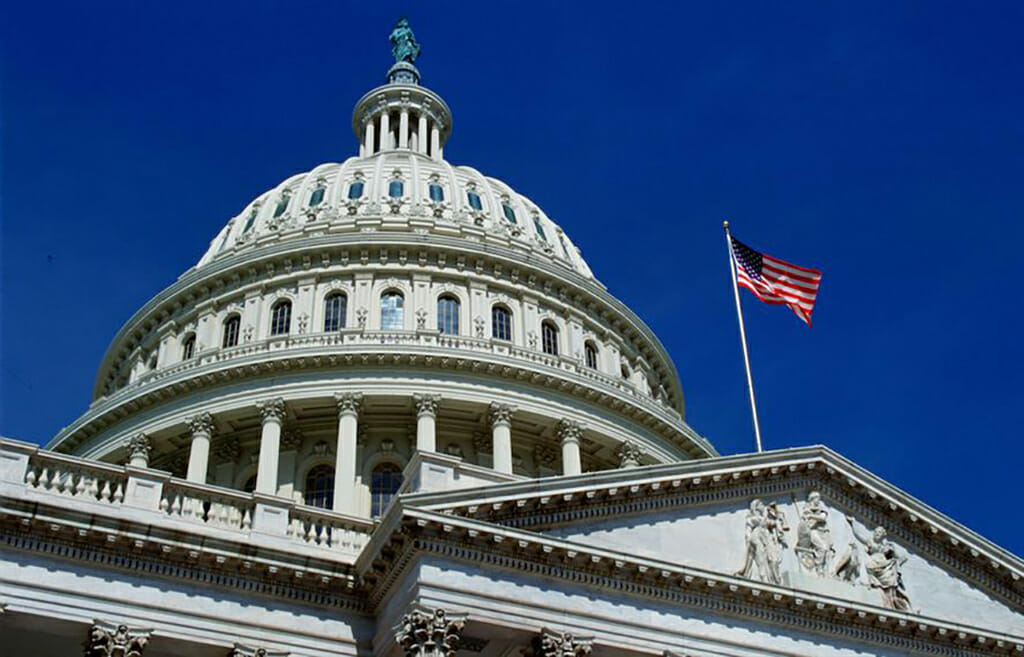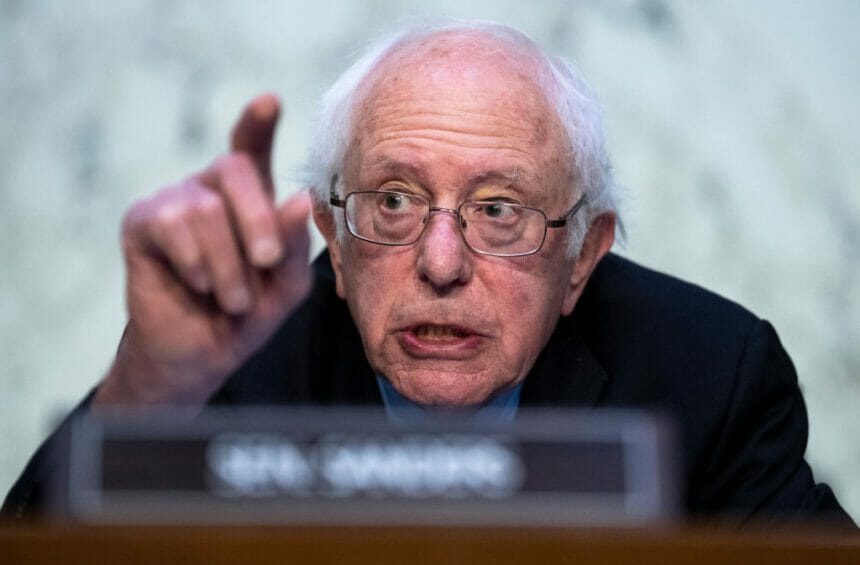Even before Sen. Bernie Sanders, (D-Vt.), stepped into his role helming the Senate Health, Education, Labor and Pensions (HELP) Committee in January, he has been vocal about his ambitions to lower drug prices.
In his short tenure at the panel, he has grilled drugmakers on the high cost of products from insulin to COVID-19 vaccines.
This week, Sanders also roped pharmacy benefit managers (PBMs) into the conversation, questioning their role in rising drug costs across the healthcare system.
Sanders led a hearing Wednesday that brought together three major pharma executives — Eli Lilly CEO David Ricks, Novo Nordisk CEO Lars Fruergaard Jørgensen, and Sanofi CEO Paul Hudson — to testify. The kicker was the presence of three major PBMs — Express Scripts, OptumRx, and CVS Health.
The hearing was meant to dig into how both drugmakers and PBMs contribute to rising drug prices in America, which have continued to burden patients who can’t afford life-saving medication. It comes in tandem with a recent bipartisan push to pass a drug pricing package that includes PBM reforms.
During his opening remarks, Sanders held up a vial of Humalog, an Eli Lilly insulin product, and noted that one vial costs less than $10 to manufacture.
“Meanwhile, Eli Lilly increased the price of Humalog 34 times since 1996, from $21 to $275,” Sanders said. “The same exact product. Why did they do it? Because they could — because nobody has stopped them.”
Blame game continues
Despite the promise of accountability, the hearing left much to be desired when it came down to reaching any clarity around why drug prices continue rising as well as what solutions can be put in place to address them.
The drugmakers and PBMs present largely resorted to their usual finger-pointing, and relying on old arguments to skirt responsibility and blame the other side.
Eli Lilly, Novo Nordisk and Sanofi argued that list prices have indeed risen — but mostly due to PBMs’ rebate demands. They also argued that net prices, or the ultimate cost paid by plans and patients, have decreased in recent years.
The PBMs, in turn, relied on their favorite argument: that they are actually cost-saving for the health system. The executives pointed out that the rebates they receive from pharma companies are given to insurers, which in turn drives down insurance premiums for patients. They also asserted that drugmakers increase list prices to compensate for higher rebates that they pay in order to get their brand name drugs on formularies, and drive away competition.
In short, much of the discussion felt like a gridlock, which is nothing new for Washington, D.C., but offered no clarity on the complicated healthcare matter.

Still, much more is going on behind closed doors at drug companies and PBMs — well beyond the talking points they brought up as defenses in the hearing, according to Mariana Socal, a researcher in the Department of Health Policy and Management at Johns Hopkins Bloomberg School of Public Health.
“The reason why it’s difficult to disentangle this whole conversation is because there is no clear, singular truth,” she said. “Both sides have elements that are correct in their talking points. Part of the big debate here is the fact that prices keep rising — yet there’s no transparency.”
That lack of clarity is, while detrimental to patients, is in fact advantageous to both drugmakers and PBMs, according to Krutika Amin, associate director of the ACA program at the Kaiser Family Foundation.
“There’s been a lot of opacity regarding prescription drug costs because of rebates paid behind the scenes,” Amin said. “It’s one of those situations where PBMs and manufacturers benefit from the lack of transparency.”
Changing tides in the pharma, PBM feud
The hearing has echoes of one held back in 2019, which also pitted three drugmaker CEOs against the same three PBMs. This took place when the Trump administration was considering proposals to remove rebates entirely.
The hearing on Wednesday appeared to be more of the same finger-pointing cycle, without much traction toward actual solutions. But Socal noticed a few differences this time around.
For one, insulin makers have become more vocal about how much of their drug prices are going to PBMs and how dissatisfied they are with the arrangement.
“The fact that there’s money changing hands has been known forever,” Social said. “But the specific amounts are not often disclosed, as they’re considered trade secrets. It was the first time that these three manufacturers publicly disclosed the level — and it’s an incredibly large number.”
Even while that development may not seem like much, it may be indicative of a larger shift in behavior among insulin makers, who have recently been taking steps like reducing the list prices of their products.
Eli Lilly, for example, announced in March that it would drop the price of its most commonly prescribed insulins by 70%, and cap monthly out-of-pocket costs at $35. Novo and Sanofi followed suit shortly thereafter.
However, Socal believes there may also be some changes happening in the PBM industry, even if they are miniscule.
Part of that shift may be due to legislation passed in recent years, as most states have implemented some level of regulation over PBMs. There has also been an increase in pressure from PBM clients — plan sponsors, health insurers, or state Medicaid programs — who are demanding more transparency from those entities. More and more, they want to be able to identify the amount of rebate being passed from the drugmaker to the PBMs.
“At this point, it’s unclear the exact impact of these [state] regulations — it’s still too early to tell,” Socal explained. “What we can assume and infer, is that collectively, these initiatives have helped shift the needle towards PBMs being more willing to change their practices – at least [taken at] face value.”
When it comes to solutions, most can agree that increased transparency is the top concern and is one of the goals of the bipartisan package led by Sanders and Sen. Bill Cassidy, (R-La.), that’s currently being marked up in Congress.
Yet, it’s still safe to assume that PBMs will always find opportunities to increase revenue in any way they can, Socal said. Even if rebates are eliminated through policy, for example, PBMs will likely seek to create fees and additional ways to increase that revenue.
The upshot from the hearing, however, is that consumers frequently get left behind in these conversations.
At the end of the day, rebates don’t directly lower the out-of-pocket costs patients pay for drugs. What patients pay out-of-pocket is based on the list price, not the lower price negotiated with the rebate.
“People who need insulin to survive – they’re the ones who will be harmed,” Socal said. “They will bear the cost of these ever-growing list prices.”







